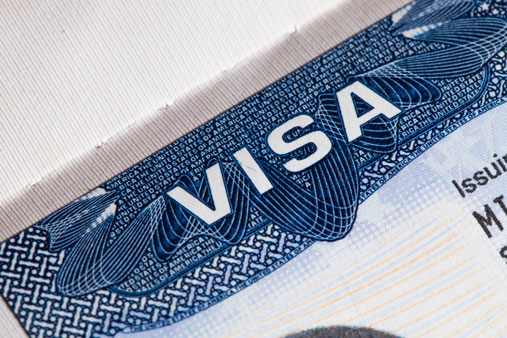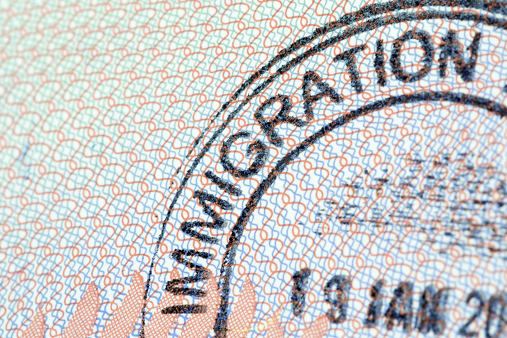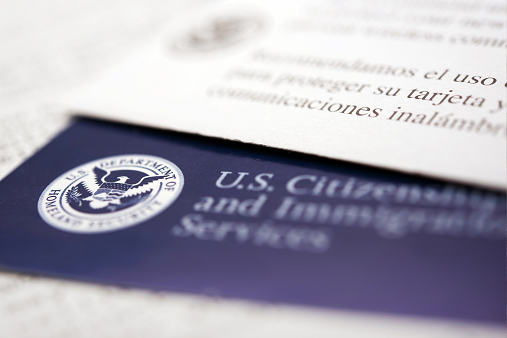On December 27, 2017, Taiwan’s Congress passed an amendment to its Pharmaceutical Affairs Act to introduce the patent linkage system. Similarly, on May 12, 2017, China’s Food and Drug Administration released a draft regulation titled “Relevant Policies for Encouraging Innovations of Drugs and Medical Devices and Protecting Innovators’ Rights and Interests (No. 55 of 2017)” for public comment. Companies with operations in Taiwan or China may need to revisit their processes in order to comply with these patent linkage systems.
Generally, a patent linkage system provides notice of a patent owner’s rights to potential competitors. In the United States, this concept is most often associated with the Drug Price Competition and Patent Term Restoration Act, otherwise known as the Hatch-Waxman Act. The patent linkage systems in Taiwan and China appear to be inspired by, if not modeled after, the Hatch-Waxman Act.
Taiwan Amendment
Taiwan’s Amendment provides a mechanism for pharmaceutical innovators to list and update their relevant patents. It provides a mechanism for any person or entity to file a written notice to request a delisting of a relevant patent. Further, it provides the requirements necessary for filing and approving an Abbreviated New Drug Application (ANDA), stays of approval, and first applicant market exclusivity.
To establish a patent linkage, owners must submit the required information to the Taiwan Food and Drug Administration (TFDA) within 45 days of receiving a drug permit license for a new drug or receiving a grant of a relevant patent. Publicly listed, relevant patents are called “listable patents” and refer to substance, composition or formulation, and medical usage patents. Additionally, any person or entity may file a written notice to request a delisting of a listed patent if: (1) the listed patent is irrelevant to the permitted drug; (2) the listed patent does not belong to the listable patents; (3) the listed patent information is inaccurate; or (4) the owner fails to submit updated information within 45 days of the effective date of change. Within 20 days of receipt, the TFDA forwards the notice to the owner. The owner is given 45 days to respond or update the required information. Once the TFDA receives a response or update from the owner, the notice and response are provided on a public database.
Similar to the Hatch-Waxman Act, the TFDA requires ANDA applicants to file one of the following certification paragraphs:
- No patents listed
- Listed patent(s) has expired
- Approval sought after expiration of listed patent(s)
- Invalidation or non-infringement.
TFDA will issue a permitted license for a generic drug once all requirements are met by the ANDA applicant for the first, second, and third paragraphs once the listed patent(s) have expired. As to the fourth paragraph, the owner may file a claim for patent infringement based on its listed patents within 45 days of receiving the ANDA applicant’s notice and notifies the TFDA. As a result, a 12-month stay of approval is triggered, unless otherwise provided, under the Taiwan Amendment. During the 12-month stay of approval, the TFDA will continue to review ANDA applications and issue preliminary approval notices to applicants that meet the ANDA requirements. The preliminary approval does not allow for manufacture, sale, or import of product; however, it does allow the ANDA applicant to apply to have the product listed in the National Health Insurance Pharmaceutical Benefits and Reimbursement Schedule.
A first ANDA applicant is defined as the first applicant to complete filing all required ANDA documentation first, but there can be multiple first applicants if more than one applicant meets all the requirements in the same statutory filing time. A first ANDA applicant who files a fourth-paragraph certification will be granted a 12-month period of market exclusivity if:
- the owner fails to file a patent infringement claim within 45 days
- a court does not render a judgment for the owner within the 12-month stay of approval or
- a court affirms the invalidation or non-infringement within the 12-month stay of approval.
Further, a first applicant can lose its 12-month market exclusivity and replaced by the next applicant if:
- the first applicant amends all of its fourth-paragraph certifications
- the first applicant fails to obtain TFDA’s preliminary approval notice within 12 months of the date of completion of the required ANDA documentation or
- before the 12-month stay of approval expires, a court finds for the owner
The first applicant must launch the generic drug within six months of the date of receipt of the permitted license, and shall submit the evidence supporting the earliest launch date to the TFDA within 20 days of the earliest launch day. The 12-month period of market exclusivity starts from the earliest launch date. If the product is not launched within six months of receiving a permitted license, the market exclusivity is cancelled.
China’s Draft Regulation
Through China’s Food and Drug Administration (CFDA), China is attempting to introduce a patent linkage system for its pharmaceutical drug regulatory scheme. There are a few details to share about the system, but more details will be forthcoming once the regulation is finalized. In the draft regulation, the CFDA shifts the responsibility onto the applicant to notify the relevant drug patentee within 20 days after the ANDA application is submitted. The patentee is then given 20 days to notify the CFDA and respond by filing a lawsuit within one of the Chinese courts having jurisdiction over patent matters. During the litigation proceedings, the CFDA may set a 24-month stay of approval and continue evaluating the ANDA application. Additionally, pharmaceutical drugs approved for listing in China will be available on a public listing that provides information about the compounds, patents, and patent rights.
To obtain more information, please contact the Barnes & Thornburg Life Sciences attorney with whom you work or Bradford G. Addison at 317-231-7253 or bradford.addison@btlaw.com.
© 2018 Barnes & Thornburg LLP. All Rights Reserved. This page, and all information on it, is proprietary and the property of Barnes & Thornburg LLP. It may not be reproduced, in any form, without the express written consent of Barnes & Thornburg LLP.
This Barnes & Thornburg LLP publication should not be construed as legal advice or legal opinion on any specific facts or circumstances. The contents are intended for general informational purposes only, and you are urged to consult your own lawyer on any specific legal questions you may have concerning your situation.
Visit us online at www.btlaw.com and follow us on Twitter @BTLawNews.













